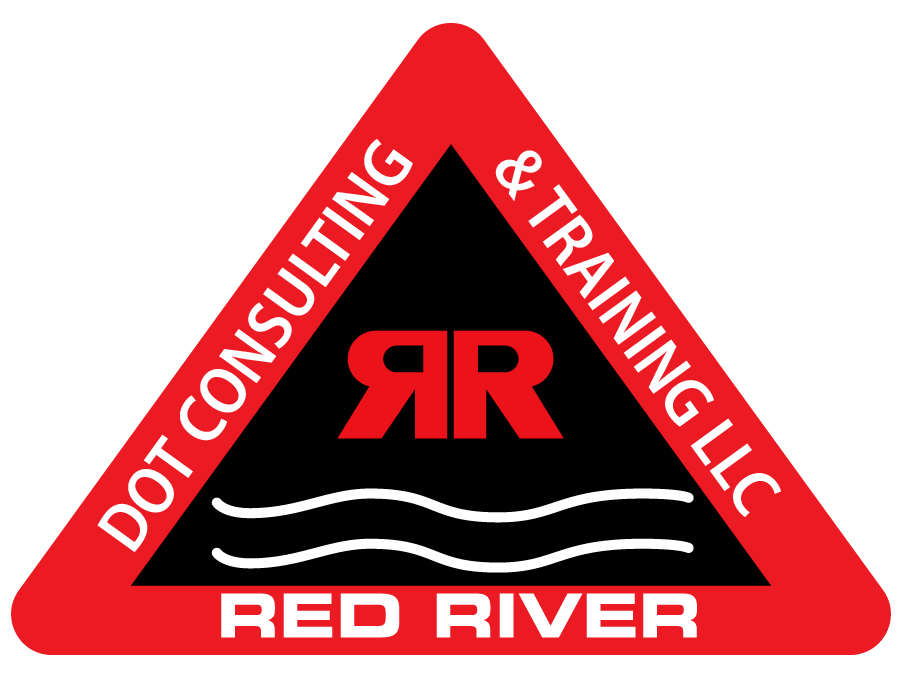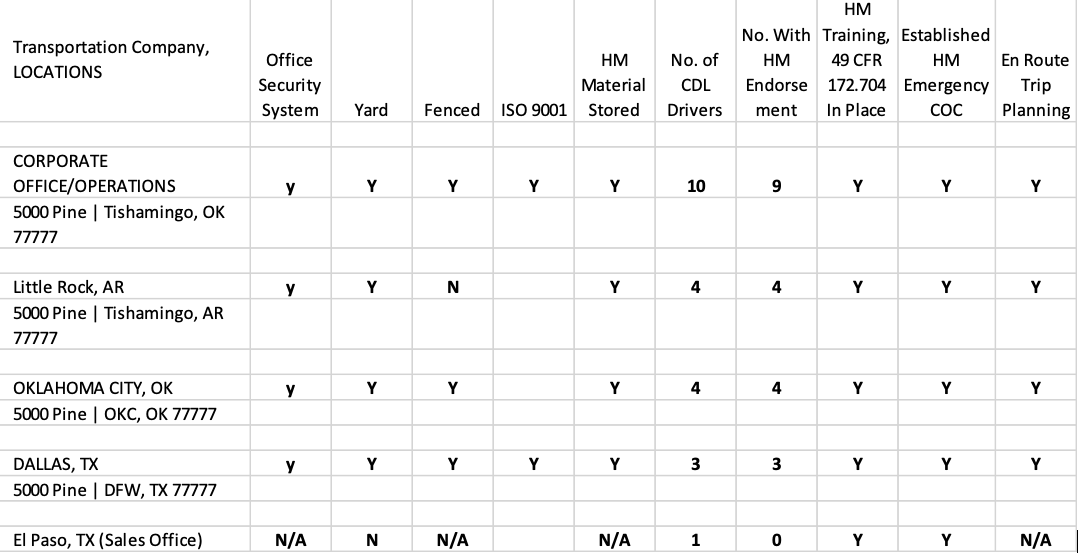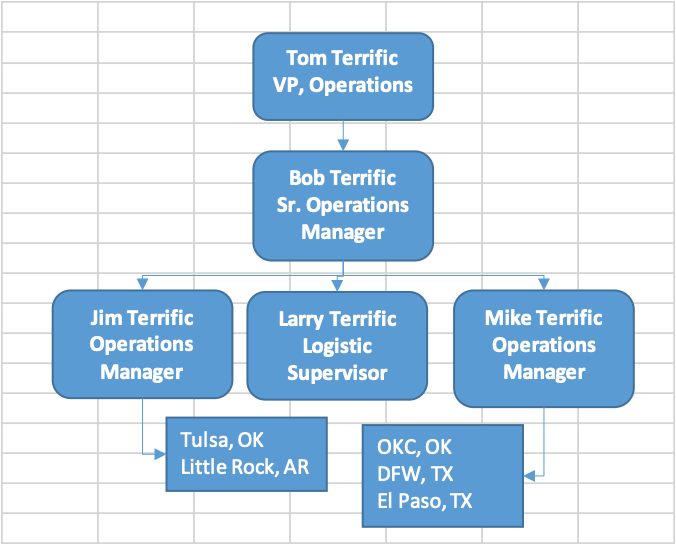A Look at HAZMAT Security Plan’s Minimum Components
As a company dealing in hauling HAZMAT, you realize the importance of abiding by the codes and regulations set in place by the DOT and its agencies. A relevant statute, when so required, is to have a written security plan in place.
While you may realize the significance of having a HAZMAT security plan, what exactly goes into one? Do you have to mention your entire fleet and all your locations? You are free to craft the security plan in a manner that best suits your company, but there are minimum components required to make it functional.
Let's take a look at those minimum components.
The Three Foremost Components
A HAZMAT security plan encompasses various components, but three of them are the most crucial. This is because they provide actionable directions you can take to secure your personnel, trucks, and cargo from would-be attackers and terrorists.
Those three components are stipulated in 49 CFR 172.802 and include
- Personnel Security: This mostly covers the hiring of employees who will be handling hazardous materials and related paperwork. You have to come up with measures to verify whether the information they provide to you during the hiring process is accurate. The verification methods you employ have to be within the confines of both federal and state law.
- Unauthorized access: You will have to come up with a plan or systems that help prevent unauthorized persons from gaining access to hazardous material, or the means by which that hazardous material is to be transported.
- En-route security: An assessment of the security of the transportation modes will help guide your decision-making when coming up with a plan for securing the hazardous material during hauling from the origin to its destination. It may call for working together with the shippers and carriers to ensure the security plan is watertight.
After you have come up with solutions for the above, it's now time to conduct an assessment of the security risks during transportation. This assessment should include location or site-specific risks with facilities where the HAZMAT will be handled. You will also include measures to handle the risks assessed.
The PHMSA provides you with a security template that you can use to conduct the assessment. If you need help putting together an assessment, we at Red River can help you do that. We have the necessary paperwork, including an assessment grid. Here is a quick look.
Assessment of Transportation Security Risks
The People Involved
Though having a HAZMAT security plan is superb, it can only be put into action by the people responsible within the company. To this end, the regulations recommend a way of identifying the people who are accountable for putting together and implementing the security plan.
These people have to be identified by their job titles and by the specific security duties for the position or department answerable to putting the plan into motion.
At Red River, we have a simple way to make that happen. Here is a sample.
Training for Employees
It's one thing to have a HAZMAT security plan in place, but it's another to recognize that your employees should know and implement the plan. To make that a smooth process, you are required by the regulations in 49 CFR 172.704 to train your HAZMAT employees. However, when your company is required to have a security plan, then these employees also must undergo In-depth Security Training.
The training covers the following areas:
- General awareness and familiarization
- Employee function specific
- Safety training for all employees
- Security awareness training
- In-depth security training for companies required to have a security plan
- Driver specific training according to 49 CFR 177.816
Conclusion
Having a security plan is an important requirement for your business. However, the process of writing and implementing one can be confusing. That's why we, Red River, are here to help you make sense of what goes where. If you'd like to get more information on how we can help you with your security plan, contact us today.









